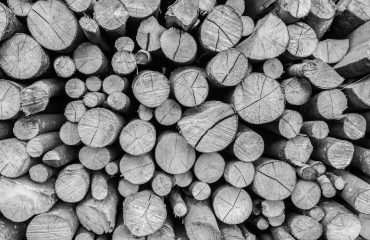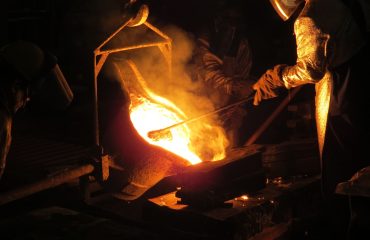Galvanized steel, a ubiquitous material in construction, infrastructure, and manufacturing, owes its widespread use to its exceptional corrosion resistance. This property stems from a protective zinc coating that effectively shields the underlying steel from the elements, preventing rust and extending the lifespan of various structures and components. This post delves into the intricacies of galvanized steel’s corrosion resistance, exploring its mechanism, applications, limitations, and comparisons with other materials.
The Science Behind Galvanized Steel’s Corrosion Resistance
The remarkable corrosion resistance of galvanized steel is a result of the galvanization process, which involves coating steel with a layer of zinc. This zinc coating acts as a sacrificial anode, meaning it preferentially corrodes instead of the underlying steel. This process is based on the electrochemical principle where zinc, having a more negative electrochemical potential than steel, readily oxidizes (corrodes) when exposed to the environment. This oxidation forms a protective zinc oxide layer that further inhibits corrosion. This sacrificial protection continues until the zinc coating is completely consumed, providing long-lasting protection to the steel.
The thickness of the zinc coating is a crucial factor determining the longevity of the protection. Heavier coatings provide longer-lasting corrosion resistance, especially in harsh environments with high humidity, salinity, or industrial pollutants. The coating’s uniformity also plays a significant role; imperfections can create pathways for corrosion to reach the underlying steel.
Applications of Galvanized Steel: Where Corrosion Resistance Matters Most
The exceptional corrosion resistance of galvanized steel makes it ideal for a vast array of applications where longevity and rust prevention are paramount. Common uses include:
- Construction: Roofing, cladding, structural components, fencing, and guardrails.
- Automotive: Body panels, bumpers, and other exterior components.
- Infrastructure: Bridges, pipelines, and transmission towers.
- Appliances: Washing machines, refrigerators, and other household appliances.
- Manufacturing: Industrial equipment, storage containers, and various components.
In each of these applications, the ability of galvanized steel to withstand corrosion is critical for ensuring safety, durability, and cost-effectiveness.
Limitations of Galvanized Steel: Understanding its Weaknesses
While galvanized steel offers excellent corrosion resistance, it’s not impervious to degradation. Certain factors can compromise its protective coating and lead to corrosion:
- Abrasion: Physical damage to the zinc coating, such as scratches or gouges, exposes the underlying steel to corrosion.
- High Temperatures: Exposure to excessively high temperatures can cause the zinc coating to degrade and lose its protective properties.
- Specific Chemicals: Certain chemicals, particularly strong acids and alkalis, can react with the zinc coating and compromise its effectiveness.
- Environmental Conditions: Extremely aggressive environments, such as those with high levels of salinity or industrial pollutants, can accelerate corrosion, even with a thick zinc coating.
Understanding these limitations is essential for selecting appropriate materials and designing structures that can withstand anticipated environmental conditions and usage patterns.
Galvanized Steel vs. Other Corrosion-Resistant Materials: A Comparative Analysis
Galvanized steel is often compared to other corrosion-resistant materials, such as stainless steel, aluminum, and powder-coated steel. Each material has its strengths and weaknesses:
- Stainless Steel: Offers superior corrosion resistance but is significantly more expensive than galvanized steel. It’s often preferred for applications requiring extremely high resistance to corrosion.
- Aluminum: Naturally corrosion-resistant due to the formation of a protective oxide layer. It’s lighter than steel but can be more expensive and less strong in certain applications.
- Powder-coated Steel: Offers good corrosion resistance, but the coating can be susceptible to chipping or scratching, exposing the underlying steel to corrosion. It’s generally less expensive than galvanized steel.
The choice of material depends on the specific application, considering factors such as cost, required level of corrosion resistance, weight requirements, and aesthetic considerations.
Maintaining and Extending the Life of Galvanized Steel
Proper maintenance can significantly extend the lifespan of galvanized steel structures. Regular inspection for signs of damage, such as scratches or rust, is crucial. Damaged areas should be repaired promptly to prevent further corrosion. In some cases, recoating or touch-up painting may be necessary to maintain the protective zinc layer. Avoiding harsh chemicals and abrasive cleaning methods can also help prevent premature degradation.
By understanding the properties and limitations of galvanized steel and implementing proper maintenance practices, the exceptional corrosion resistance of this material can be fully leveraged, ensuring the longevity and durability of various structures and components.
Tags: galvanized steel, corrosion resistance, zinc coating, rust prevention, metal protection




